Shipping goods internationally can be a complex and costly endeavor, especially when importing from China to Malaysia. With Malaysia emerging as a key import hub in Southeast Asia, understanding container shipping costs is vital for businesses looking to optimize their logistics operations. This guide will delve into the various factors that influence these costs, including shipping routes, container sizes, and transport methods, providing valuable insights to help you make informed decisions for your shipping needs. Whether you are considering Full Container Load (FCL) or Less than Container Load (LCL) options, having a clear understanding of shipping expenses will enable you to manage your logistics more effectively and enhance your competitiveness in the market.
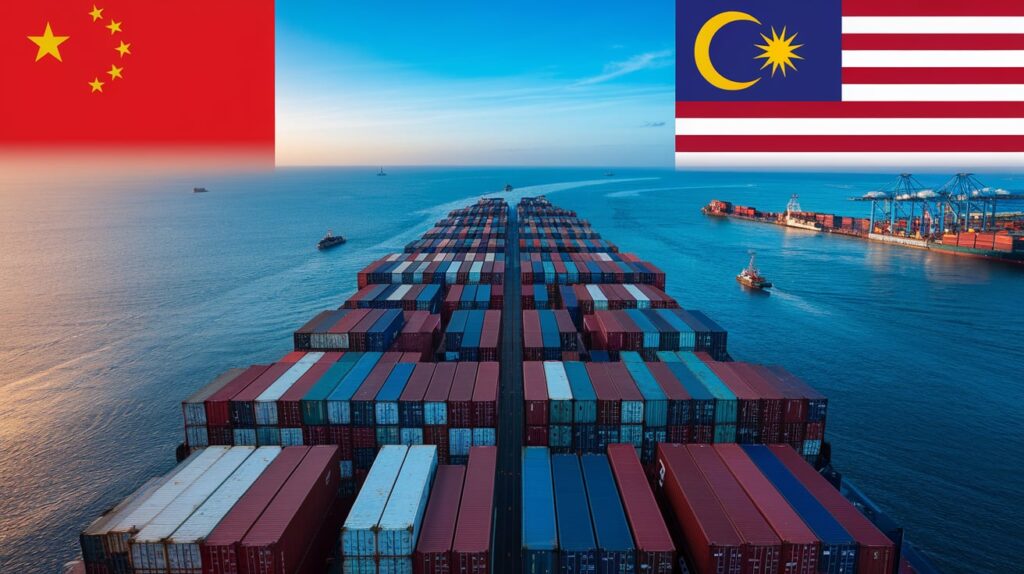
Key Factors Influencing Shipping Costs
Several factors influence the overall costs of shipping containers from China to Malaysia. Understanding these elements will help you better estimate your shipping expenses and optimize your logistics strategy.
Shipping Route and Distance
The shipping route taken by a freight vessel directly impacts shipping costs. The distance between the departure port in China and the destination port in Malaysia plays a crucial role. Shorter routes may result in reduced costs, while longer routes could incur higher fuel and operational expenses.
For instance, shipping from major Chinese ports such as Shanghai or Shenzhen to Port Klang, one of Malaysia’s busiest ports, generally offers competitive rates due to the high volume of freight traffic. Conversely, shipments to less frequented ports may face higher costs due to limited shipping options.
Below is a comparison of popular shipping routes from China to Malaysia, highlighting average distances and typical shipping times:
| Departure Port | Destination Port | Distance (km) | Estimated Shipping Time (Days) |
|---|---|---|---|
| Shanghai | Port Klang | 2,600 | 10-14 |
| Shenzhen | Port Klang | 2,300 | 8-12 |
| Ningbo | Port Klang | 2,500 | 10-14 |
| Guangzhou | Port Klang | 2,400 | 8-12 |
Container Size: 20ft vs. 40ft
The container size you choose significantly affects the shipping costs. The two most common container sizes are 20ft and 40ft.
-
20ft Container: Suitable for smaller shipments, a 20ft container typically accommodates about 28 cubic meters of cargo or around 22 tons of weight. Because of its smaller size, it may be more economical for businesses with limited shipments.
-
40ft Container: This larger container can hold around 68 cubic meters of cargo or approximately 27 tons of weight. While the cost per cubic meter is generally lower for a 40ft container, it requires a larger upfront investment. Businesses with larger shipments often find this option more cost-effective on a per-unit basis.
The table below offers a cost comparison for shipping a 20ft versus a 40ft container from China to Malaysia:
| Container Size | Average Shipping Cost (USD) | Typical Capacity (CBM) | Cost per CBM (USD) |
|---|---|---|---|
| 20ft | $1,200 – $1,500 | 28 | $43 – $54 |
| 40ft | $2,200 – $2,800 | 68 | $32 – $41 |
Mode of Transport: FCL vs. LCL
The choice between Full Container Load (FCL) and Less than Container Load (LCL) transport can significantly impact your shipping costs.
-
FCL (Full Container Load): This option is ideal for businesses that can fill an entire container with their goods. FCL shipments often result in lower per-unit costs due to economies of scale, and they allow for faster shipping as the container does not need to be consolidated with other shipments.
-
LCL (Less than Container Load): LCL is suitable for smaller shipments that do not require a full container. This mode of transport allows multiple shippers to share container space, which may lower costs for smaller volumes. However, handling and consolidation fees may apply, which can increase overall shipping costs and extend shipping time due to required consolidations.
A comparison between FCL and LCL costs is outlined in the table below:
| Mode of Transport | Average Cost per CBM (USD) | Typical Shipping Time (Days) | Notes |
|---|---|---|---|
| FCL | $32 – $54 | 7 – 14 | Faster, more economical for large volumes |
| LCL | $50 – $80 | 14 – 21 | More expensive per unit; slower due to consolidation |
Understanding the nuances between FCL and LCL can help businesses choose the most economical shipping method based on their specific needs.
By partnering with a reliable freight forwarder like Dantful International Logistics, businesses can leverage expert insights and professional services. Dantful offers door-to-door shipping solutions, ensuring that your shipments arrive efficiently and safely. Their comprehensive range of services, including customs clearance and insurance services, guarantees a seamless shipping experience. For further engagement on shipping from China to Malaysia, don’t hesitate to reach out to Dantful for tailored DDP shipping services that meet your business requirements.
You may be interested in the following related articles:
- How to Find the Cheapest Shipping Company from China to Malaysia
- Cheapest Shipping Company from China to Israel: What You Need to Know
- Container Shipping Costs from China to France: What You Need to Know
- How to Find the Cheapest Shipping Company from China to Australia
- Container Shipping Costs from China to Saudi Arabia: What You Need to Know
- The Ultimate Guide to Door to Door Shipping from China to Yemen
Shipping Costs for Containers from China to Malaysia
Understanding the shipping costs for containers from China to Malaysia is crucial for businesses aiming to optimize their logistics operations and maximize profit margins. The choice between different container sizes and shipping methods can significantly influence overall expenses. This section will delve into the cost breakdown for 20ft and 40ft containers, while also comparing Full Container Load (FCL) and Less than Container Load (LCL) options.
20 ft Container Shipping Cost from China to Malaysia
Shipping a 20ft container is often an ideal choice for businesses with smaller cargo volumes. The average costs associated with this format are influenced by several factors, including the shipping route, service provider, and additional fees.
Cost Breakdown for 20ft Containers
A detailed breakdown of costs for shipping a 20ft container from China to Malaysia typically includes:
| Cost Component | Estimated Cost (USD) |
|---|---|
| Base Freight Rate | $1,200 – $1,500 |
| Documentation Fees | $100 – $200 |
| Port Fees | $150 – $300 |
| Handling Charges | $100 – $150 |
| Customs Clearance Charges | $200 – $300 |
| Insurance (optional) | $100 – $200 |
The total estimated cost for shipping a 20ft container can range between $1,950 and $2,650, depending on specific requirements and the freight forwarder selected.
40 ft Container Shipping Cost from China to Malaysia
For businesses that require more shipping capacity, a 40ft container may be the preferred option. This larger container can accommodate a greater volume of goods, making it cost-effective for larger shipments.
Cost Breakdown for 40ft Containers
A comprehensive breakdown of costs for shipping a 40ft container typically encompasses:
| Cost Component | Estimated Cost (USD) |
|---|---|
| Base Freight Rate | $2,200 – $2,800 |
| Documentation Fees | $100 – $200 |
| Port Fees | $150 – $300 |
| Handling Charges | $100 – $150 |
| Customs Clearance Charges | $200 – $300 |
| Insurance (optional) | $100 – $200 |
The total estimated cost for shipping a 40ft container generally ranges from $2,850 to $3,950.
Comparison of FCL and LCL Shipping Costs
When deciding between FCL and LCL, businesses must consider the cost implications of each option. Below is a comparative overview of both methods, focusing on costs and efficiency.
| Shipping Method | Average Cost per CBM (USD) | Typical Shipping Time (Days) | Notes |
|---|---|---|---|
| FCL | $32 – $54 | 7 – 14 | Optimal for large shipments, faster delivery |
| LCL | $50 – $80 | 14 – 21 | Better for smaller shipments, but more expensive per unit |
FCL often provides better economies of scale, especially for larger shipments, while LCL can be a good alternative for businesses with smaller cargo sizes needing prompt shipping.
You may be interested in the following related articles:
- Shipping From China To Vietnam
- Shipping From China To Thailand
- Shipping From China To South Korea
- Shipping From China To Philipines
- Shipping From China To Pakistan
- Shipping From China To Japan
- Shipping From China To Indonesia
Additional Fees and Charges
Beyond the base freight rates, various additional fees and charges can impact the overall cost of shipping containers from China to Malaysia. Understanding these fees is essential for accurate cost estimation.
Port Fees and Handling Charges
Port fees and handling charges are essential components of shipping. These costs can vary depending on the port of origin and destination.
-
Port Fees: These charges are typically incurred upon arrival at the destination port and can include berth fees, unloading fees, and terminal handling charges. For example, port fees for a shipment from China to Port Klang may range between $150 and $300.
-
Handling Charges: Fees associated with the physical handling of containers (loading/unloading) at the port can also add to the total shipping cost, generally ranging from $100 to $150.
Customs Duties and Taxes
Importing goods into Malaysia involves navigating through customs duties and taxes, which can significantly contribute to overall shipping costs.
-
Customs Duties: Vary based on the type of goods being imported. The Malaysian customs duty rates range from 0% to 30%, depending on the goods’ classification under the Harmonized System (HS) codes.
-
Goods and Services Tax (GST): In Malaysia, a 6% GST is applied to most imported goods, impacting the final cost. Businesses should ensure they understand the applicable duties and taxes to avoid unexpected expenses.
Navigating the complexities of shipping costs and additional fees requires a strategic approach. Partnering with a knowledgeable freight forwarder like Dantful International Logistics can help streamline the shipping process and provide expert guidance on cost management. Dantful specializes in door-to-door shipping services, ensuring a seamless logistics experience from China to Malaysia.
Shipping Time from China to Malaysia
Understanding shipping time from China to Malaysia is essential for businesses that rely on timely delivery of goods. The duration of shipping can vary based on numerous factors, from the chosen mode of transport to the specifics of the shipment. This section will explore average transit times for sea freight and the factors that can affect shipping duration.
Average Transit Times for Sea Freight
Sea freight is one of the most common methods for shipping containers internationally due to its balance of cost and capacity. The average transit times for sea freight from major Chinese ports to Malaysia are as follows:
| Departure Port | Destination Port | Average Transit Time (Days) |
|---|---|---|
| Shanghai | Port Klang | 10 – 14 |
| Shenzhen | Port Klang | 8 – 12 |
| Ningbo | Port Klang | 10 – 14 |
| Guangzhou | Port Klang | 8 – 12 |
| Qingdao | Port Klang | 12 – 16 |
These estimates are based on normal shipping schedules and can be influenced by various operational factors such as weather conditions, port congestion, and the shipping line’s routing efficiency.
Factors Affecting Shipping Duration
Several variables can impact the duration of shipping from China to Malaysia:
1. Port Congestion
Congestion at either the departure or destination port can lead to extended waiting times for vessels. High traffic levels during peak shipping seasons can significantly delay transit times.
2. Weather Conditions
Adverse weather conditions can also affect shipping schedules. Severe storms or typhoons may force ships to reroute or delay departures, increasing overall shipping times.
3. Customs Clearance Procedures
The efficiency of customs procedures can greatly influence shipping duration. Delays in documentation or issues with import/export regulations can result in longer processing times at both the origin and destination ports.
4. Shipping Line Schedule and Routing
The shipping line’s operational efficiency, including the frequency of voyages and the specific routing of vessels, can affect transit times. Some routes may have more frequent sailings, while others may require longer detours.
Tips for Reducing Container Shipping Costs
Shipping costs can represent a substantial portion of a business’s overall expenses. Therefore, implementing strategies to minimize these costs is crucial for maintaining profitability. Here are some effective tips for reducing container shipping costs.
Choosing the Right Freight Forwarder
Selecting an experienced and reliable freight forwarder can significantly impact your shipping costs. Here are a few considerations when choosing a freight forwarder:
-
Network and Relationships: A freight forwarder with strong relationships in the industry can negotiate better rates and provide access to multiple shipping options, which may help in reducing costs.
-
Specialization: Opt for a freight forwarder that specializes in your specific industry or region. Their expertise can lead to more tailored solutions and cost-saving strategies.
-
Transparent Pricing: Ensure that the freight forwarder provides detailed information about their pricing structure, including all relevant fees. This transparency will help avoid unexpected charges during the shipping process.
Consolidating Shipments for Cost Efficiency
Consolidating shipments into a single container can lead to substantial cost savings, particularly for businesses that ship regularly. Here are some benefits of consolidation:
-
FCL vs. LCL: By consolidating shipments, businesses can opt for Full Container Load (FCL) shipping rather than Less than Container Load (LCL). FCL generally offers lower costs per cubic meter, making it a more economical choice for larger shipments.
-
Reduced Handling Fees: Consolidation minimizes the number of shipments and, consequently, the handling fees associated with each shipment. This efficiency translates into lower overall costs.
-
Improved Scheduling: Consolidated shipments can often be scheduled more effectively, reducing the risk of delays associated with multiple shipments arriving at different times.
Implementing these strategies can help businesses optimize their logistics operations, enhance cost efficiency, and improve their competitive advantage in the marketplace.
For expert assistance in navigating shipping from China to Malaysia, consider partnering with Dantful International Logistics. With their comprehensive door-to-door shipping services, Dantful provides tailored logistics solutions and simplifies the shipping process while ensuring cost-effectiveness. Explore more about their services at Dantful International Logistics.
FAQs
- What are the main factors influencing shipping costs from China to Malaysia?
- Shipping costs are influenced by several factors, including the shipping route and distance, container size (20ft vs. 40ft), mode of transport (FCL vs. LCL), port fees, handling charges, and customs duties.
- How do shipping routes affect costs?
- The shipping route taken impacts costs due to the distance between ports. Shorter routes generally incur lower costs, while longer routes may lead to higher fuel and operational expenses.
- What is the difference between FCL and LCL shipping?
- FCL (Full Container Load) is suitable for large shipments that fill an entire container, usually resulting in lower per-unit costs and faster delivery. LCL (Less than Container Load) is for smaller shipments that share container space, which can be more expensive per unit and slower due to additional handling and consolidation.
- What are the average shipping costs for 20ft and 40ft containers?
- The average shipping cost for a 20ft container ranges between $1,200 and $1,500, while a 40ft container typically costs between $2,200 and $2,800.
- What additional fees should I expect when shipping containers?
- Additional fees may include documentation fees, port fees, handling charges, customs clearance charges, and optional insurance costs. It’s essential to consider these when estimating total shipping expenses.
- How long does it take to ship from China to Malaysia?
- Average transit times for sea freight from major Chinese ports to Malaysia range from 7 to 16 days, depending on the departure and destination ports.
- What factors can lead to delays in shipping?
- Delays can result from port congestion, adverse weather conditions, customs clearance procedures, and shipping line schedule inefficiencies.
- How can I reduce shipping costs when importing from China?
- To minimize shipping costs, consider choosing a reliable freight forwarder, consolidating shipments, and opting for FCL shipping when possible.

Young Chiu is a seasoned logistics expert with over 15 years of experience in international freight forwarding and supply chain management. As CEO of Dantful International Logistics, Young is dedicated to providing valuable insights and practical advice to businesses navigating the complexities of global shipping.

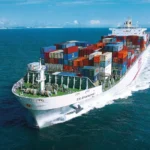

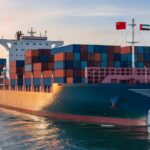


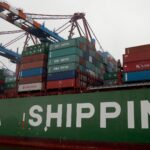

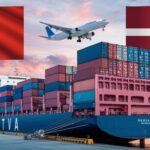


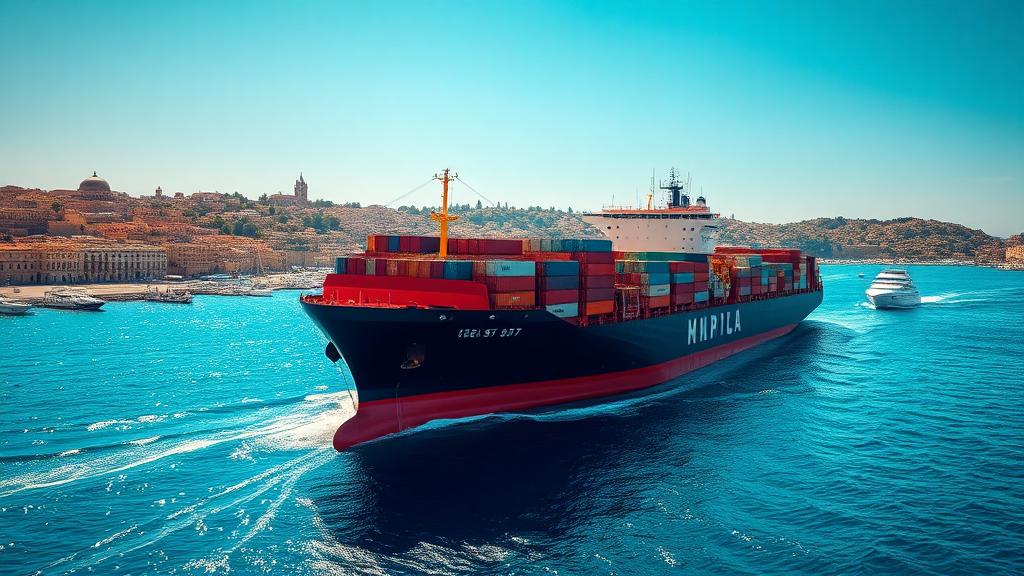
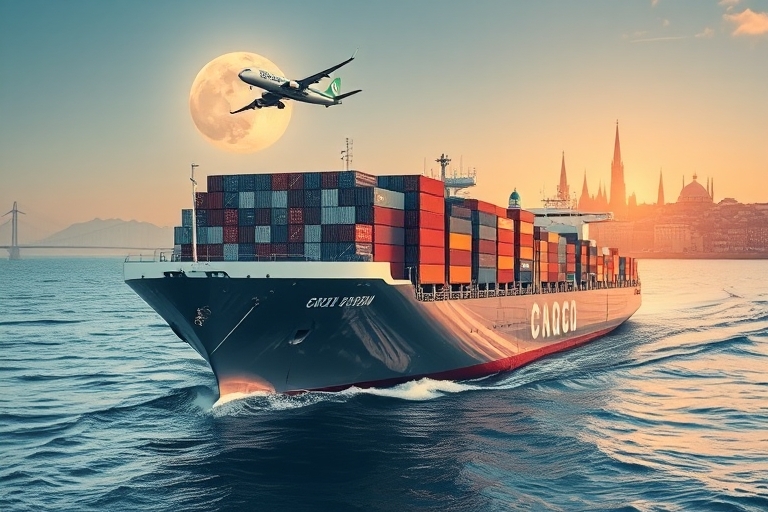
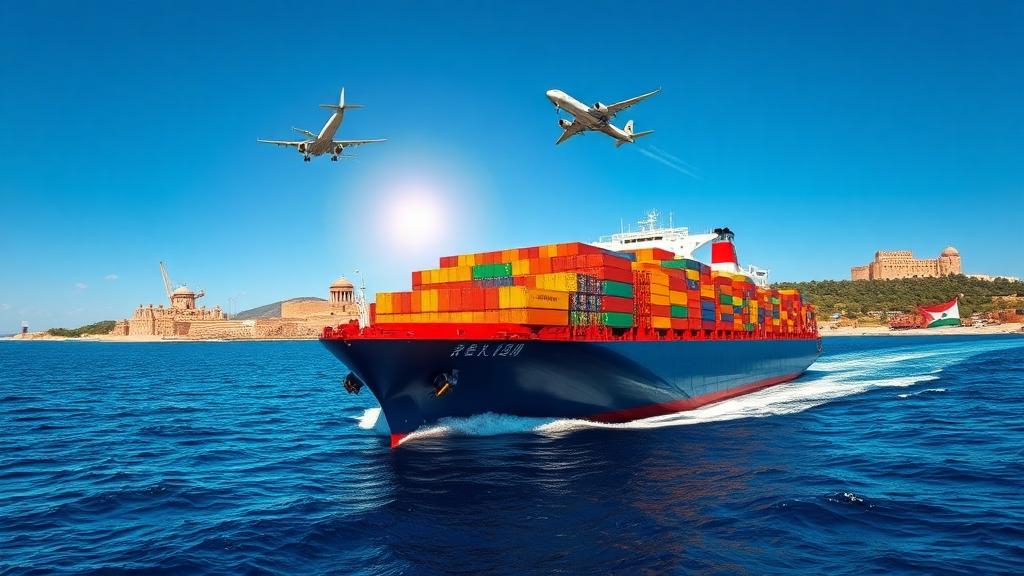
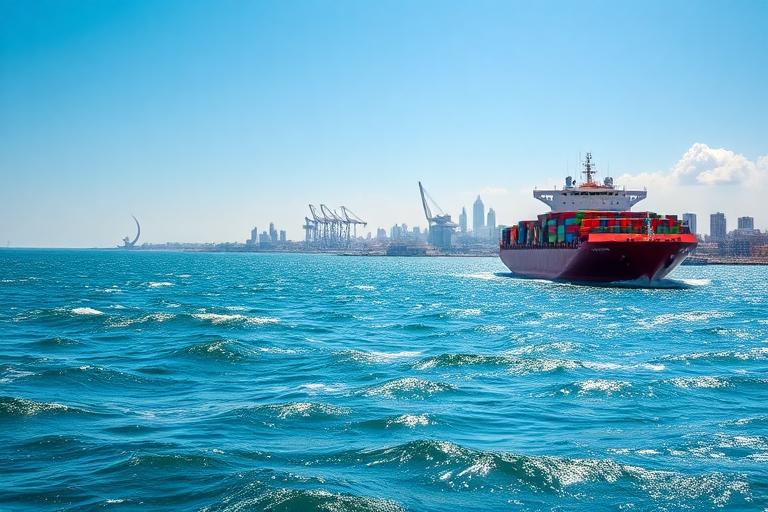
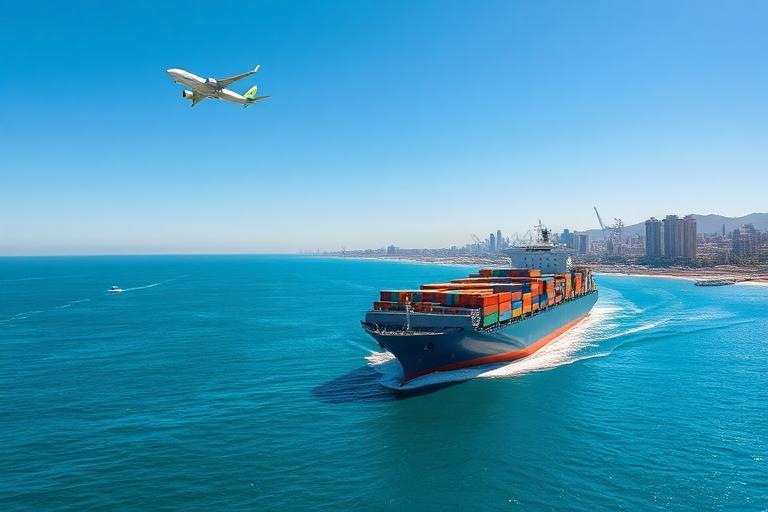





 Afrikaans
Afrikaans Shqip
Shqip አማርኛ
አማርኛ العربية
العربية Հայերեն
Հայերեն Azərbaycan dili
Azərbaycan dili Euskara
Euskara Беларуская мова
Беларуская мова বাংলা
বাংলা Bosanski
Bosanski Български
Български Català
Català Cebuano
Cebuano Chichewa
Chichewa 简体中文
简体中文 繁體中文
繁體中文 Corsu
Corsu Hrvatski
Hrvatski Čeština
Čeština Dansk
Dansk Nederlands
Nederlands English
English Esperanto
Esperanto Eesti
Eesti Filipino
Filipino Suomi
Suomi Français
Français Galego
Galego ქართული
ქართული Deutsch
Deutsch Ελληνικά
Ελληνικά Kreyol ayisyen
Kreyol ayisyen Harshen Hausa
Harshen Hausa Ōlelo Hawaiʻi
Ōlelo Hawaiʻi עִבְרִית
עִבְרִית हिन्दी
हिन्दी Hmong
Hmong Magyar
Magyar Íslenska
Íslenska Igbo
Igbo Bahasa Indonesia
Bahasa Indonesia Gaeilge
Gaeilge Italiano
Italiano 日本語
日本語 Basa Jawa
Basa Jawa ಕನ್ನಡ
ಕನ್ನಡ Қазақ тілі
Қазақ тілі ភាសាខ្មែរ
ភាសាខ្មែរ 한국어
한국어 كوردی
كوردی Кыргызча
Кыргызча ພາສາລາວ
ພາສາລາວ Latin
Latin Latviešu valoda
Latviešu valoda Lietuvių kalba
Lietuvių kalba Lëtzebuergesch
Lëtzebuergesch Македонски јазик
Македонски јазик Malagasy
Malagasy Bahasa Melayu
Bahasa Melayu മലയാളം
മലയാളം Maltese
Maltese Te Reo Māori
Te Reo Māori मराठी
मराठी Монгол
Монгол ဗမာစာ
ဗမာစာ नेपाली
नेपाली Norsk bokmål
Norsk bokmål پښتو
پښتو فارسی
فارسی Polski
Polski Português
Português ਪੰਜਾਬੀ
ਪੰਜਾਬੀ Română
Română Русский
Русский Samoan
Samoan Gàidhlig
Gàidhlig Српски језик
Српски језик Sesotho
Sesotho Shona
Shona سنڌي
سنڌي සිංහල
සිංහල Slovenčina
Slovenčina Slovenščina
Slovenščina Afsoomaali
Afsoomaali Español
Español Basa Sunda
Basa Sunda Kiswahili
Kiswahili Svenska
Svenska Тоҷикӣ
Тоҷикӣ தமிழ்
தமிழ் తెలుగు
తెలుగు ไทย
ไทย Türkçe
Türkçe Українська
Українська اردو
اردو O‘zbekcha
O‘zbekcha Tiếng Việt
Tiếng Việt Cymraeg
Cymraeg יידיש
יידיש Yorùbá
Yorùbá Zulu
Zulu